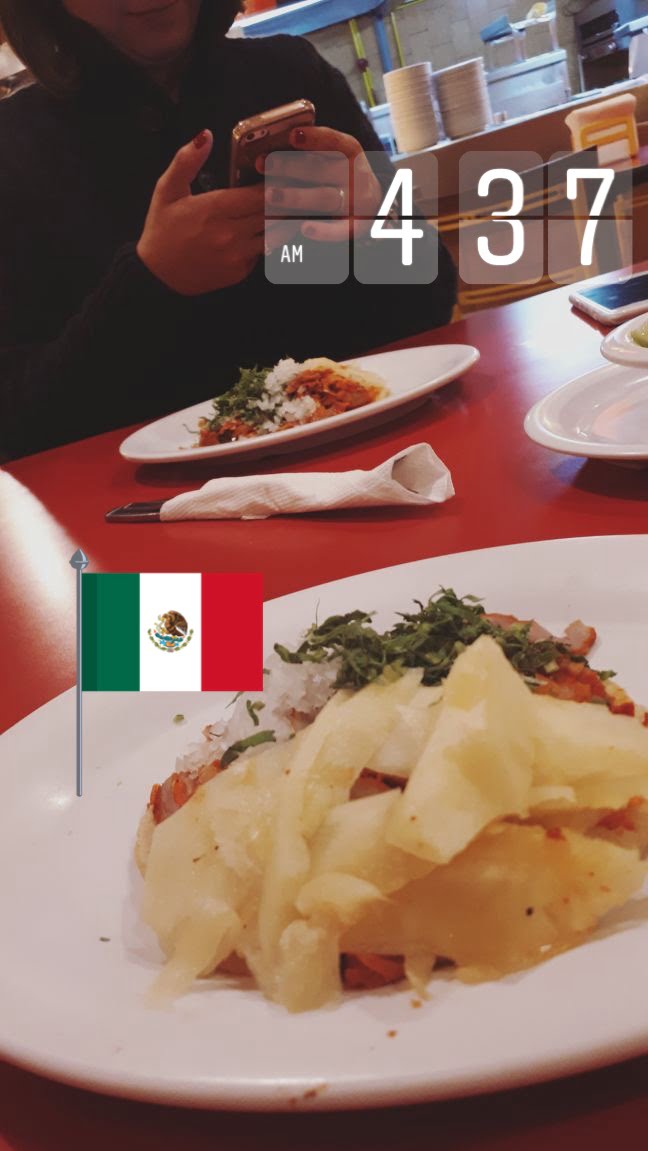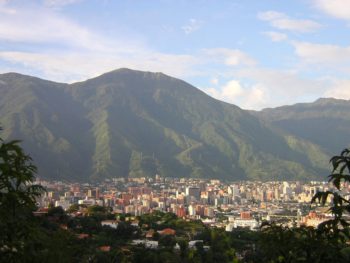5 Authors of the Latin American Boom to Add to Your Spanish Reading List
Latin America is one of the most socially, economically, and culturally dynamic regions of the world as we plunge deeper into the 21st century, one of the things that makes
Spanish one of the definite ‘it’ languages of today. To improve your Spanish language skills while learning about the culture and recent history of the region, turn your literary clock back fifty years, to when Latin American literature exploded onto the world stage: el Boom Latinoamericano.
In the world of Woodstock, Operation Condor, and the Bay of Pigs, the Americas south of the Río Grande began a tumultuous social and cultural upheaval that led to a boom of literary production and innovation. Cien Años de la Soledad is a title most of us will recognize from our college World Literature reading lists, but Gabriel García Márquez’s magnum opus of realismo magico wasn’t born in a vaccuum.
For Spanish language learners, literature is as much an opportunity to explore the language through learning about the peoples and cultures that speak it as it is one to build new vocabulary and reinforce your grammar skills. The works that emerged from the Latin America of the 1960s and 70s were largely inspired by the plague of military dictatorships and revolutionaries like Che Guevarra and the leaders of the Cuban Revolution.
They’re also some of the bestselling and most enjoyable reads in modern Spanish literature, and the powerful narratives of the stories they tell will make you forget you’re even reading in a second language.
Here are six authors and six works of the Boom Latinoamericano to build your Spanish vocabulary, deepen your cultural understanding, and keep you up all night turning pages.
1. Carlos Fuentes: La Muerte de Artemio Cruz
Carlos Fuentes, one of the earliest and most famous writers of the Boom, was a Mexican diplomat and intellectual in addition to being a definitive writer of his time.
La Muerte de Artemio Cruz is his best-known work of the Boom. The novel follows the deathbed reflections of the namesake character, Artemio Cruz, and his experiences during the Mexican Revolution and with the forces that in many ways created modern Mexico. With its artful handling of the complexities of identity and the relationship between man and nation, Artemio Cruz is often considered the real beginning of the Boom, and it’s earned its central place on the bookshelves of great Spanish literature.
2. Rosario Castellanos: Balún Canán
Contemporary with Fuentes though never as popular, Rosario Castellanos, also Mexican, was one of the escritoras olvidadas of the Boom Latinoamericano, often overshadowed in an industry that favors the voices of men.
Castellanos’ first novel, Balún Canán, deals with the conflicts between Europeans and indigenous peoples in colonial Mexico. Though often omitted from lists of Boom works, Balún Canán is a classic story of class struggle and social justice that echoes many of the themes of her contemporaries writing through the thick of the Cold War.
3. Julio Cortázar: Rayuela
In addition to being one of the most important poets and novelists in all of Argentinian literature, Julio Cortázar was one of the most famous and fantastical voices of the Latin American Boom.
Like other Boom writers, Cortázar played liberally with classical literary structures, writing novels that moved through time in a non-linear progression and included heavy doses of the surreal. Rayuela (‘hopscotch’) is one of the best examples of this, with its stream-of-consciousness structure that the author divided into multiple possible sequences of chapters that the reader could pursue. Its exploration of the tension between order and chaos was not only relevant to society under the Argentinian military dictatorship of his time, but has remained a must-read for Spanish literature enthusiasts in the 21st century.
4. Mario Vargas Llosa: La Ciudad y los Perros
The only still-living author on this list and one of two recipients of the Nobel Prize for Literature, the Peruvian Mario Vargas Llosa is another of the best-known faces of el Boom Latinoamericano. His writings range from comedy to thriller to sociopolitical essay, but his first novel, La Ciudad de los Perros, is unquestionably one of the seminal works of the Boom.
The novel’s up-close look at life in a military school in Peru draws sharp contrasts between real life in 60s Peru and an ideal fulfilled life, which Vargas Llosa turns into a critique of cultural pressures for men to be aggressive, masculine, and machista. Written in the allegorical realist style that was common before later Boom authors arrived on the stage, La Ciudad y Los Perros‘ indictment of the real-life school on which it was based was enough to prompt massive burnings of the book at the institution itself.
5. Gabriel García Márquez: Cien Años de Soledad
If you’ve heard of the Latin American Boom before, it was probably in combination with this name. Gabriel García Márquez wasn’t the first writer of the Boom, but he certainly became the most internationally successful, with his Cien Años de Soledad coming in second only to the Bible as the bestselling book ever published in Spanish.
His most famous work is also the most famous example of realismo magico, the surrealist literary genre that emerged from the Boom. Alternating between the utopian and distopian, realistic and fantastic, Cien años follows seven generations of life in the fictional village of Macondo, a microcosm for a century of Colombian history that plays out in allegory. In addition to its imaginative plotline, García Márquez’s seminal work has soled more than 50 million total copies in over 25 languages throughout Latin America, Europe, and the world.

Have you read any of these books of the Latin American Boom? Do you have another favorite title in Spanish that was as captivating a read as it was culturally relevant? Tell us about it in the comments!



